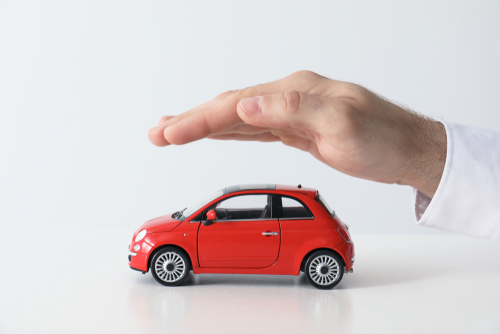The cost of motoring can be considerable. On top of the cost of the vehicle itself, we’re faced with the ongoing costs associated with running it. Fuel, taxation and maintenance can all add up. But it’s the cost of insurance that can be particularly galling. On average, it’s increased by 61% over the past year.
Fortunately, there are several easy ways of slashing these costs. Let’s look at some of the factors affecting your car insurance costs.
Timing your quote

The best time to shop for an insurance quote is, according to the data, between twenty and twenty-six days before the policy is due to start. The closer you get to your renewal date, the more that insurers will charge, because they perceive that you’re desperate and possibly disorganised. On the other hand, if you’re shopping for insurance too early, you risk not being provided with a quote at all.
It’s often a good idea to know when your renewal date is coming. Your insurer will often send out a reminder around a month beforehand, and you’ll need to act quickly to secure the best possible deal. Get on the price comparison sites, and find the best possible quote.
Consider getting a low-powered car
Insurers will tend to associate more powerful vehicles with a higher likelihood of a collision – and a larger repair bill. These vehicles tend to crash at high speed, and, to make matters worse, they often come with expensive components that are difficult to replace.
The way that this is calculated in practice is based around the engine size of the vehicle, and by the ‘group ratings’ administered by Thatcham Research on behalf of the entire insurance industry.
To offset these costs, insurers will often attach a higher premium to these vehicles. As such, if your aim is limit your insurance costs, it’s a good idea to shop for a slower, less powerful car.

Add a responsible driver to your policy
In some cases, adding an extra driver can actually reduce the cost of your policy. This applies especially if you’re a younger driver, or one perceived by insurers as high-risk. When someone else is allowed to drive your car, the car is at lower risk than if you were driving. You can think of this as a way of diluting the risk. So, for example, if you’re a newly qualified driver, you might add one or more of your parents to the policy.
Consider telematics
Fitting a black box to your vehicle can provide insurers with information about exactly how you’re driving. A device like this will monitor your speed and braking behaviour, as well as the times of day you drive, and the kinds of road you use. It could drive down your costs considerably, especially if you know you’re taking minimal risk.



